Lighting the White House: How Diwali became an American tradition
That first celebration was not a lavish affair. There were no elaborate fireworks or ornate decorations—just a dignified ceremony that marked the beginning of something profound
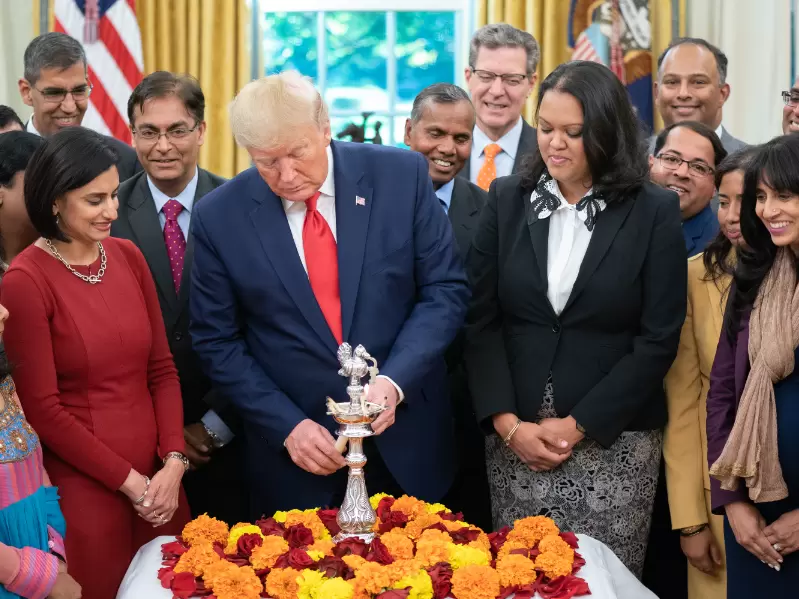 President Donald J. Trump is joined by guests as he participates in the Diwali festival of lights ceremonial lighting of the Diya Thursday, Oct. 24, 2019, in the Oval Office of the White House. / (Official White House Photo by Shealah Craighead)
President Donald J. Trump is joined by guests as he participates in the Diwali festival of lights ceremonial lighting of the Diya Thursday, Oct. 24, 2019, in the Oval Office of the White House. / (Official White House Photo by Shealah Craighead)
In the autumn of 2000, a festival of light pierced the corridors of the White House for the very first time. Amidst the closing months of President Bill Clinton’s historic second term, Diwali—the ancient Indian festival celebrating the triumph of light over darkness—was formally recognized and celebrated in the People’s House of the United States.
I remember that moment with deep emotion and gratitude. What began as a conversation among a small group of Indian-American professionals in Silicon Valley grew into a movement of recognition, identity, and pride. I had approached President Clinton with the simple but powerful idea that Diwali, celebrated by hundreds of millions across the world and by a growing Indian-American community, deserved acknowledgment at the highest level of American government. To his everlasting credit, President Clinton listened—and agreed.
That first celebration was not a lavish affair. There were no elaborate fireworks or ornate decorations—just a dignified ceremony that marked the beginning of something profound. It was the first time the White House officially honored an Indian festival, symbolizing America’s evolving spirit of inclusion and the growing contribution of Indian-Americans to the nation’s story.
Also Read: AIA Diwali event draws over 25,000 in Bay Area
I was not alone in this effort. Friends and pioneers like Dr. Suhas Patil, one of the early visionaries of the Silicon Valley tech revolution, and Vish Akella, an entrepreneur and community leader, joined me in encouraging the administration to recognize Diwali as a moment of shared light and unity. Together, we represented a generation of Indian-Americans who saw themselves not as visitors but as full participants in the American story—builders, thinkers, and bridge-makers between East and West.
President Clinton’s gesture was more than symbolic. It was an acknowledgment that America’s diversity is one of its greatest strengths—that faith and culture from every corner of the world can coexist under one democratic roof. When he spoke that day, Clinton reflected the optimism of a country that could celebrate Christmas, Hanukkah, and now Diwali with equal reverence.
That first White House Diwali lit a lamp that has never gone out. Every president since—George W. Bush, Barack Obama, Donald Trump, Joe Biden—has continued the tradition in their own way. Some have held grand ceremonies with diyas and rangolis; others have shared public messages recognizing Diwali’s universal message of hope, light, and renewal. The continuity across administrations stands as a testament to how deeply this festival has been woven into America’s multicultural fabric.
For the Indian-American community, Diwali at the White House became a symbol of arrival—not just economic or professional success, but cultural legitimacy. It told our children that their traditions belonged here, that their heritage was part of the American narrative. And it told the wider world that democracy thrives when it honors the light in all its forms.
Looking back, I see that first Diwali not just as a ceremony, but as a signal. It represented the coming of age of a community that had quietly built companies, taught in universities, and served in government, now ready to share its culture with pride and purpose. It was also a personal reminder of what can happen when faith and citizenship walk hand in hand.
Twenty-five years later, Diwali in America is no longer a novelty. Cities from San Francisco to New York host public celebrations; governors and mayors issue proclamations; Congress has introduced resolutions recognizing it as a national holiday. But the spark that began in 2000—lit by the goodwill of a President and the persistence of a few citizens—continues to burn brightly.
As we light our diyas this Diwali, may we remember that the true light is not in the lamps we kindle but in the openness of a nation that welcomes every faith to its table. That was the light we brought to the White House in 2000—and it still shines today.
The author is a business and political fundraiser and strategist.
(The views and opinions expressed in this article are those of the author and do not necessarily reflect the official policy or position of New India Abroad)
ADVERTISEMENT
ADVERTISEMENT
E Paper
Video



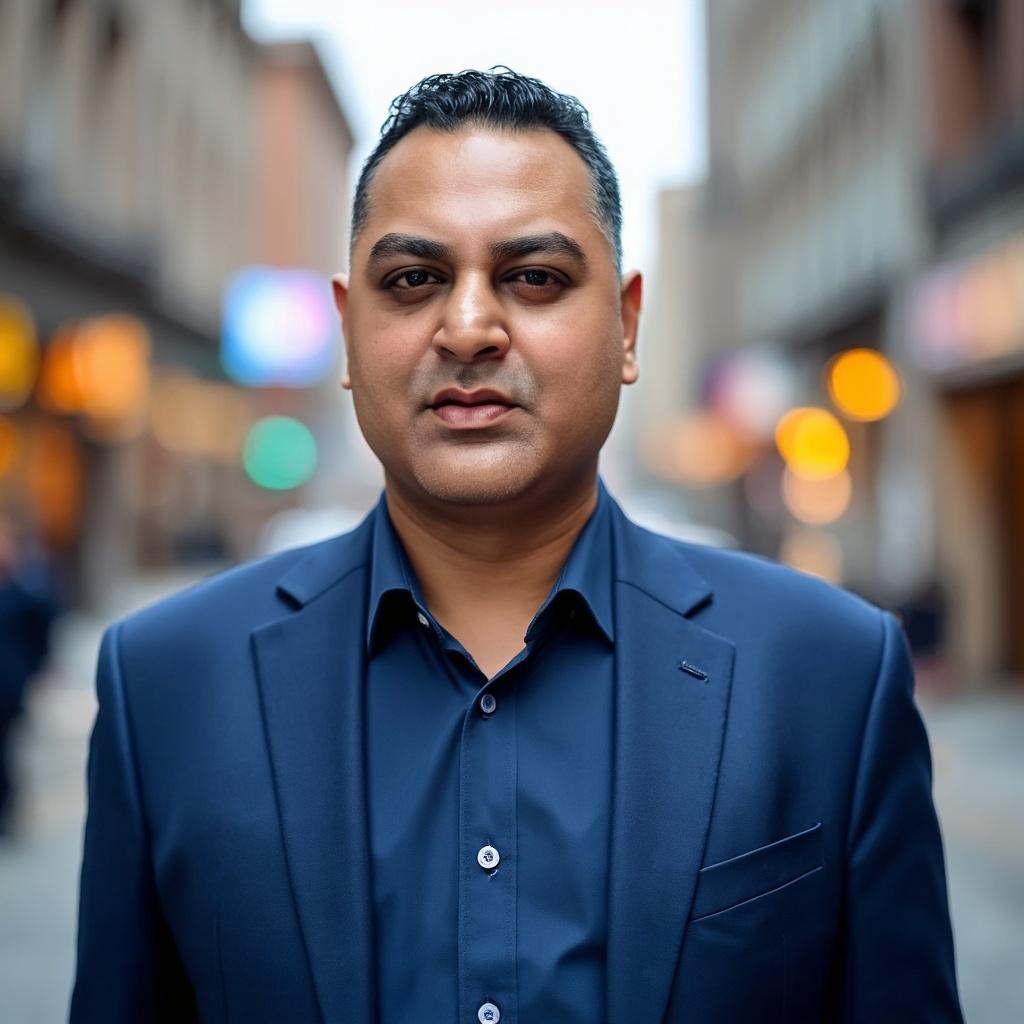 Dinesh Sastry
Dinesh Sastry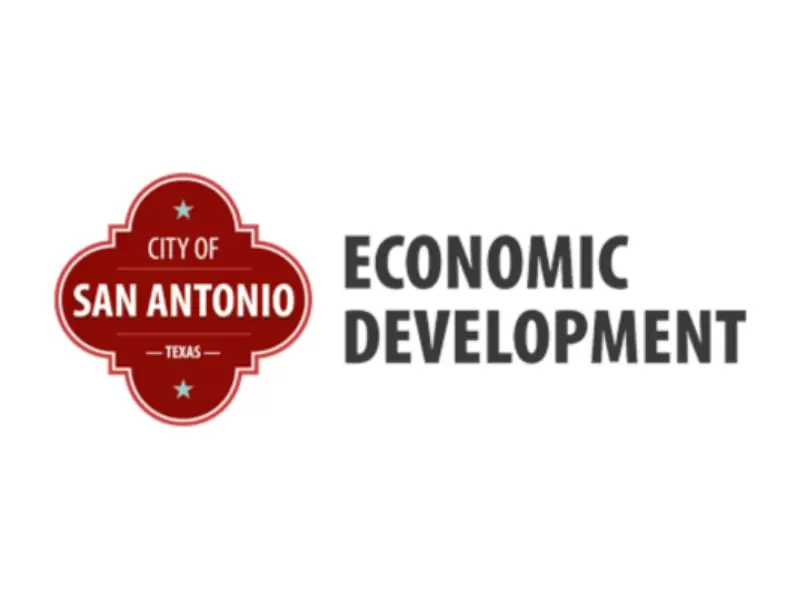
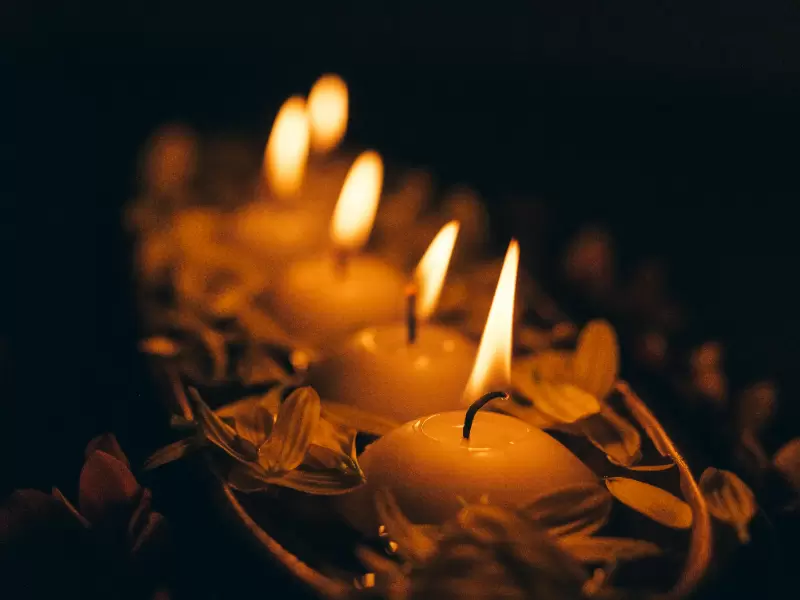
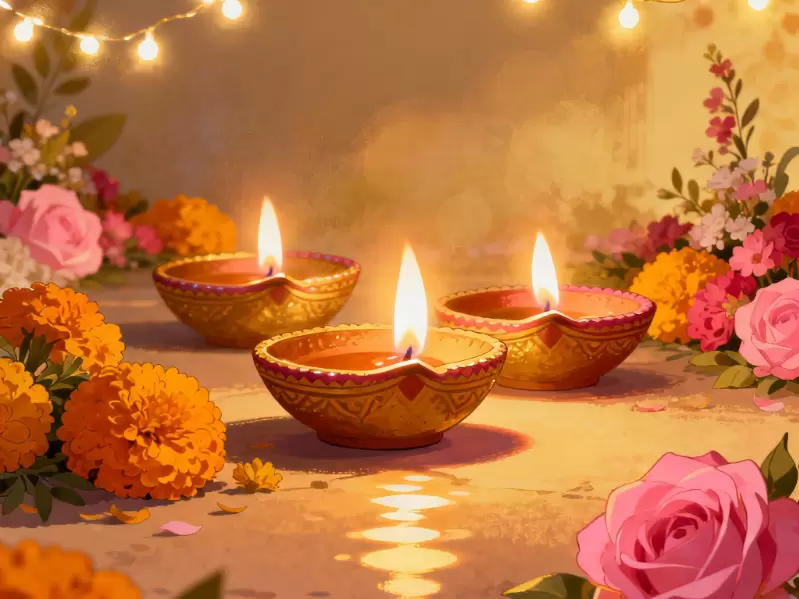
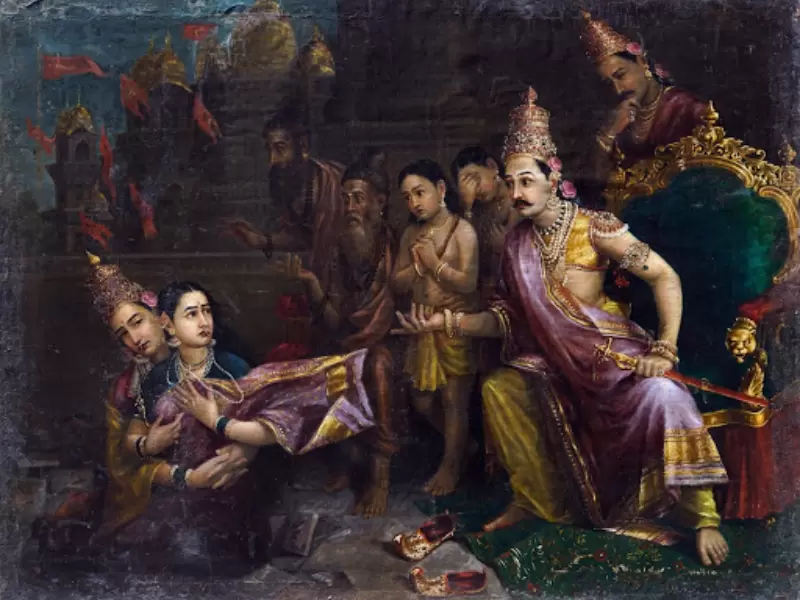
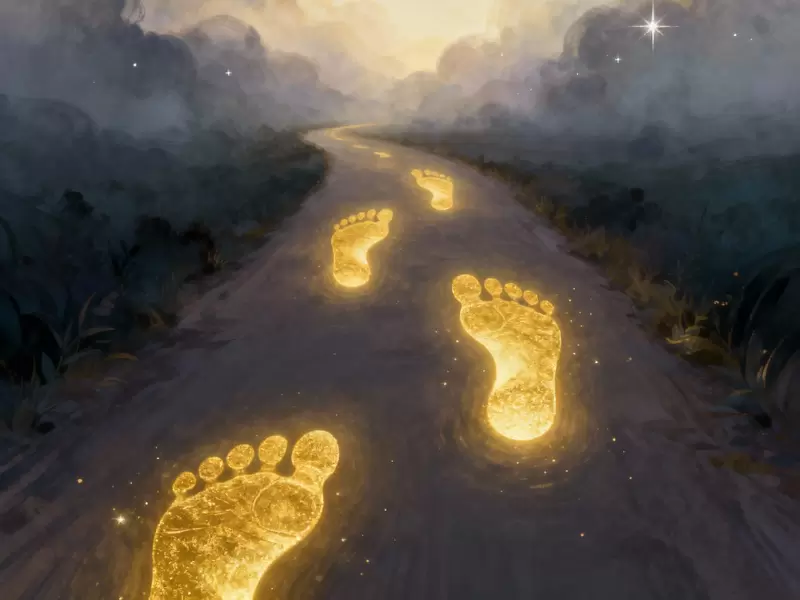
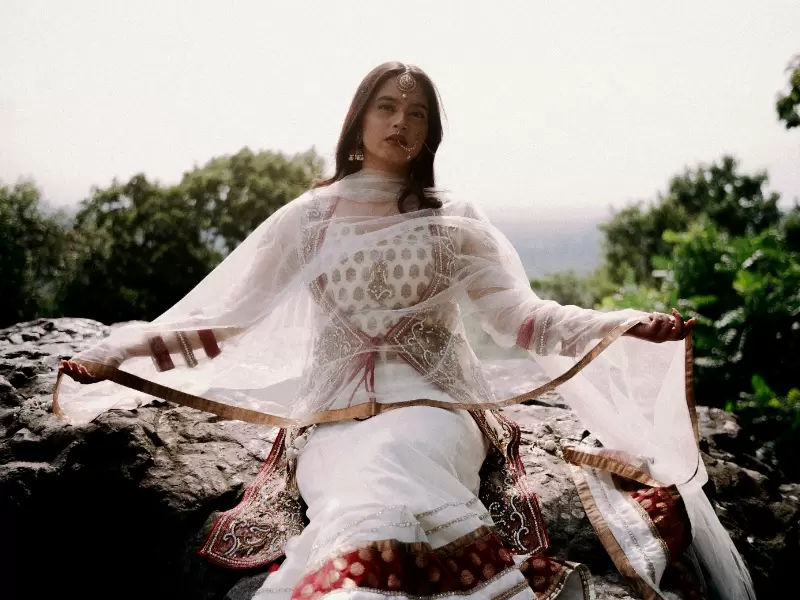
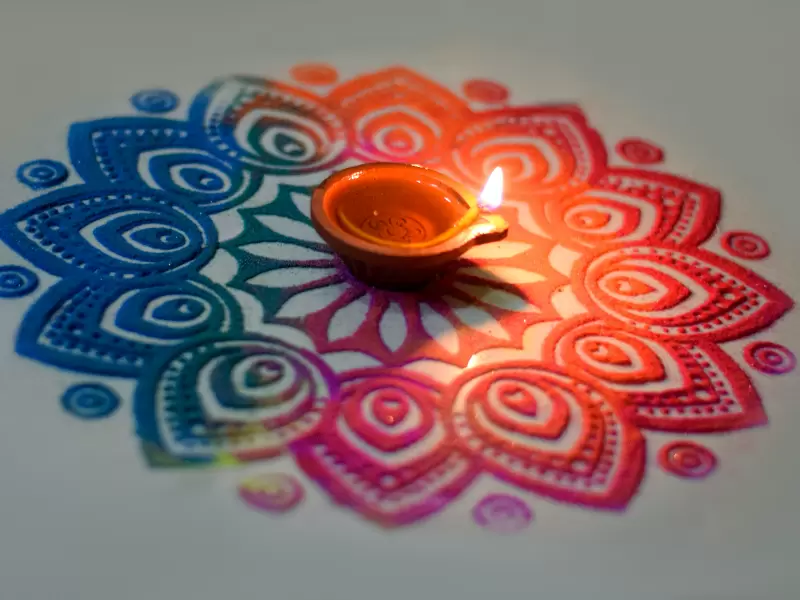
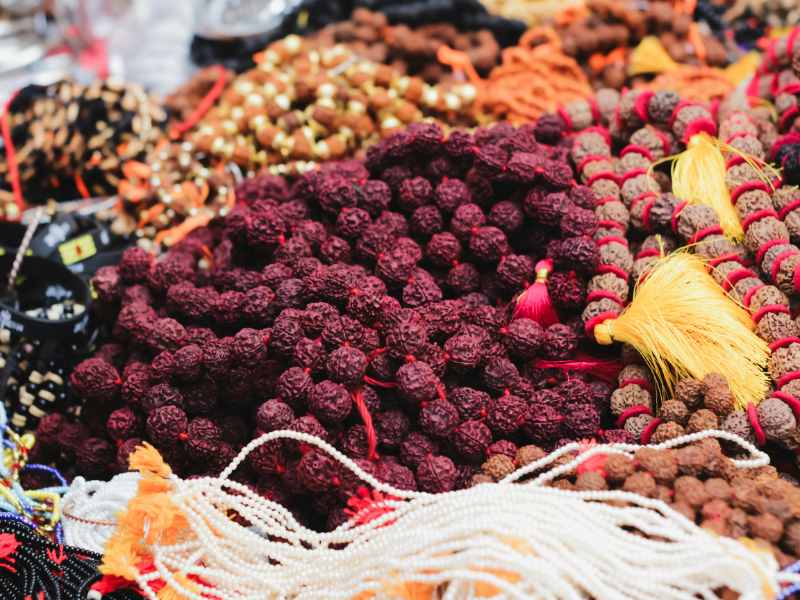

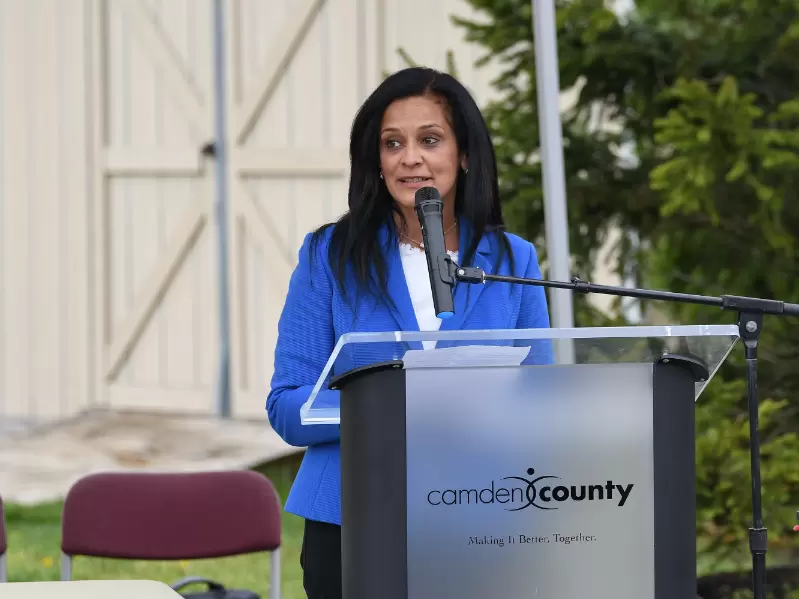
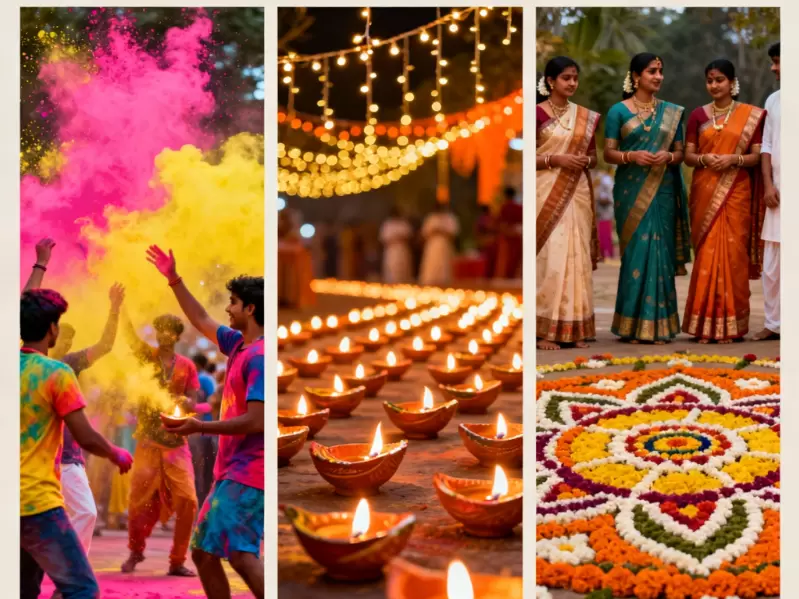

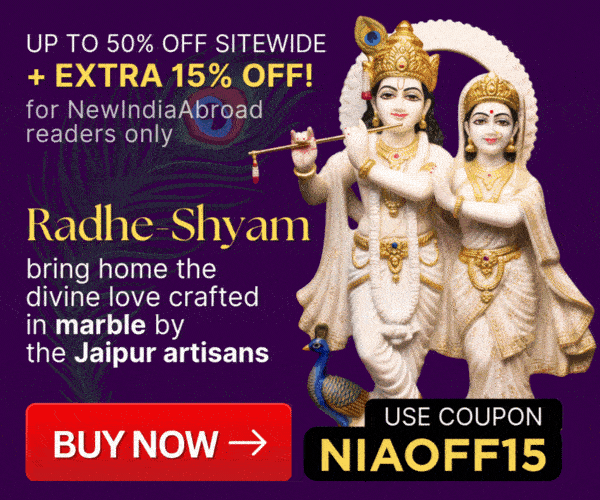

Comments
Start the conversation
Become a member of New India Abroad to start commenting.
Sign Up Now
Already have an account? Login